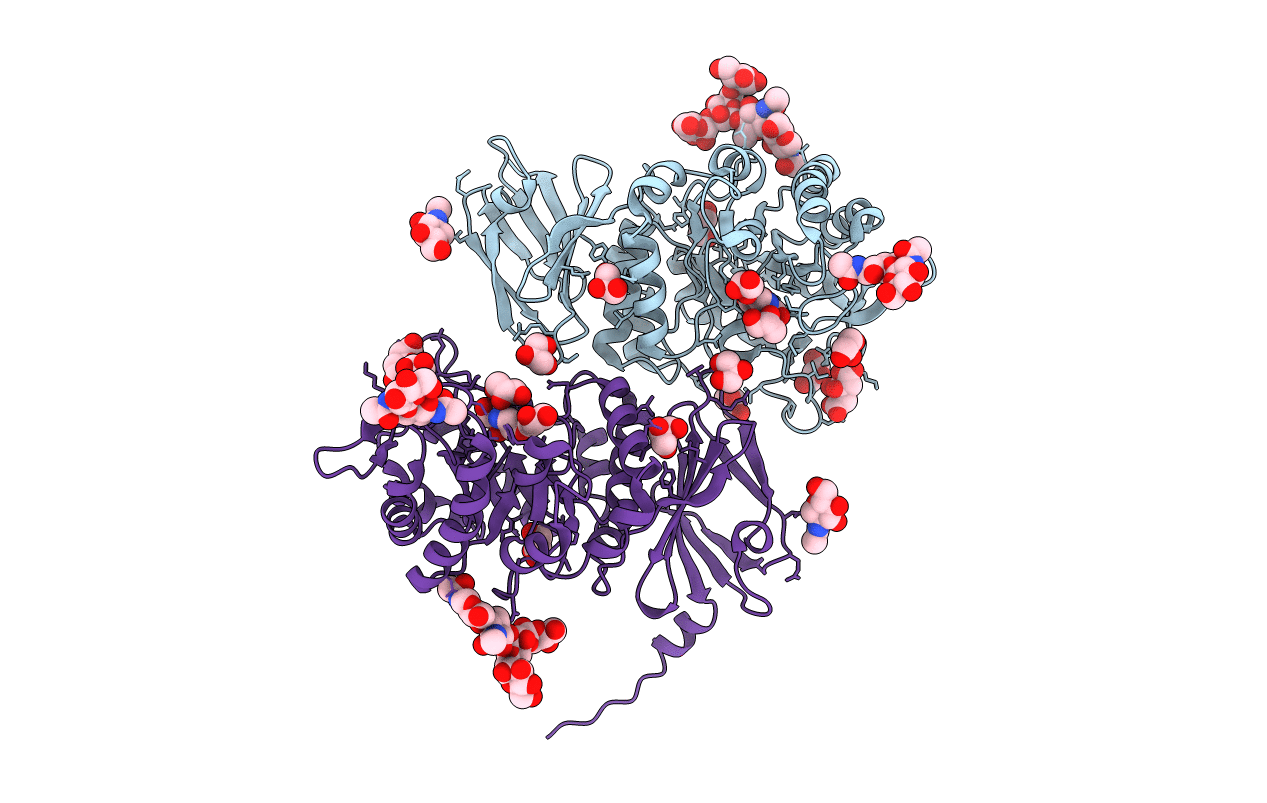
Deposition Date
2012-02-09
Release Date
2012-10-10
Last Version Date
2024-11-06
Entry Detail
PDB ID:
4DO5
Keywords:
Title:
Pharmacological chaperones for human alpha-N-acetylgalactosaminidase
Biological Source:
Source Organism:
Homo sapiens (Taxon ID: 9606)
Host Organism:
Method Details:
Experimental Method:
Resolution:
1.51 Å
R-Value Free:
0.17
R-Value Work:
0.15
R-Value Observed:
0.16
Space Group:
C 1 2 1


